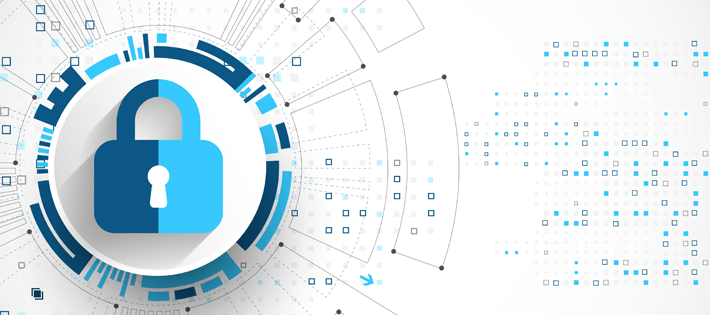Summary

In today’s digital age, securing sensitive data and protecting organizational assets are critical concerns for businesses of all sizes. Active Directory (AD), a vital component of many network infrastructures, serves as the backbone for managing users, computers, and resources within an organization’s domain. Ensuring AD security is crucial to safeguarding against potential threats and vulnerabilities.
In this blog post, we’ll explore some best practices for enhancing the security of Active Directory, helping organizations strengthen their defenses and mitigate risks effectively.
1. Embrace the Principle of Least Privilege
The principle of least privilege advocates for granting users and groups only the permissions they need to perform their tasks, minimizing the potential impact of a security breach. Organizations can reduce the risk of unauthorized access and data exposure by limiting access to sensitive resources within Active Directory.
2. Implement Robust Password Policies
Enforce strong password policies that mandate complex passwords, regular password changes, and multi-factor authentication (MFA) where feasible. Strengthening authentication mechanisms helps prevent unauthorized access to user accounts and enhances overall security posture.
3. Regular Auditing and Monitoring
Enable auditing features within Active Directory to track changes and monitor access to critical resources. Review audit logs regularly to detect suspicious activities and proactively respond to security incidents before they escalate.
4. Secure Administrative Accounts
Administer privileged accounts cautiously, using separate administrative accounts to perform privileged tasks within Active Directory. Implement stringent access controls and strong authentication mechanisms, and limit the use of administrative privileges to authorized personnel only.
5. Maintain Patch Management
Stay vigilant against emerging threats by keeping Active Directory servers and associated systems up-to-date with the latest security patches and updates. Regularly applying patches helps mitigate known vulnerabilities and strengthens the overall security posture of the environment.
6. Network Segmentation and Access Controls
Segment the network to restrict access to Active Directory servers and services, employing firewalls and access controls to enforce security boundaries. By compartmentalizing the network, organizations can effectively limit the impact of potential security breaches and contain threats.
7. Privileged Access Management (PAM)
Implement Privileged Access Management solutions to control and monitor access to privileged accounts and resources within Active Directory. By employing techniques such as Just-In-Time access and session recording, organizations can enhance visibility and accountability over privileged activities.
8. Regular Security Assessments
Conduct periodic security assessments and penetration tests to identify vulnerabilities and weaknesses in Active Directory configurations. Addressing identified issues promptly helps strengthen defenses and fortify against potential threats.
9. Employee Training and Awareness
Educate employees about common security threats and best practices, empowering them to effectively recognize and report suspicious activities. By fostering a culture of security awareness, organizations can enlist their workforce as allies in the ongoing battle against cyber threats.
10. Backup and Recovery
Implement robust backup and recovery mechanisms to safeguard Active Directory data and configurations. Regularly backing up critical data ensures data integrity and facilitates timely recovery in the event of data loss or security incidents.
In conclusion, securing Active Directory is integral to maintaining a resilient and secure network infrastructure. By adhering to these best practices and adopting a proactive approach to security, organizations can strengthen their defenses, mitigate risks, and safeguard their most valuable assets against evolving cyber threats.
For additional resources and assistance with Active Directory, please get in touch with the Cyberhill engineering team at info@cyberhillpartners.com.
—
About Cyberhill
Cyberhill is a professional services firm that engineers and manages enterprise software solutions for Fortune 500 companies. It supports the implementation of packaged software solutions within the three pillars of the Internet of Things (IoT): Cybersecurity, Cloud, and Data Analytics. With over 700 complex cybersecurity implementations completed, Cyberhill is an established and trusted partner. For more information about Cyberhill, visit www.cyberhillpartners.com.

ExHR Highlights: Turning AI Strategy into Workforce Impact
